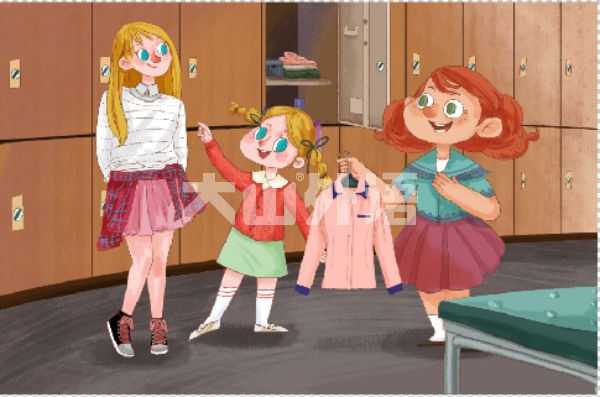过去将来完成进行时表示动作从过去某一时间开始一直延续到对于过去来说的将来某一时间,动作是否继续下去,由上下文决定。在英语时态中,“时“指动作发生的时间,”态“指动作的样子和状态。
如:
He said that by the end of the spring term he would have been studying English for three years.
他说到春季(即下)学期末,他将学了三年英语了。
He told me that by the end of the year. he would have been living there for thirty years.
他告诉我,到年底他在那里住了有30年了。

间接引语与过去将来完成进行时
在间接引语中,若主句为过去时态,则用于宾语从句中的间接引语则要把将来完成进行时改为过去将来完成进行时。
如:
I know by this time next week you’ll have been working here for 30 years.
I knew by that time he would have been working there for 30 years.
过去将来完成进行时与虚拟语气
在特定的语境中,有时过去将来完成进行时可用虚拟语气。
如:If Tom’s boy had not been there I would have been sitting in front.
要是汤姆的孩子没坐在那里的话,我就会坐在前面了。









